T4K3.news
Full Moon Observation
August 9 peak time for the Sturgeon Moon invites observers to look up and enjoy the sky.
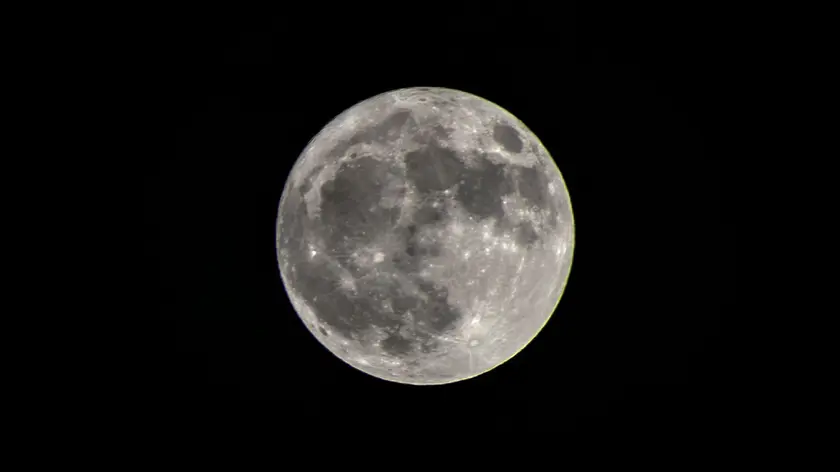
The August 2025 full moon, named the Sturgeon Moon, peaks on August 9 and offers a clear view for skywatchers.
August full moon shines as Sturgeon Moon marks the season
August 9 will see the full moon reach its peak, with observers in some regions able to catch the brightest moment around 3:55 am Eastern time, according to Astronomy.com. NASA notes that this month’s full moon is known as the Sturgeon Moon, a traditional name linked to seasonal activities. The event is one part of a long tradition of naming moons to mark changes in the year and the natural world.
Beyond folklore, the article explains the lunar cycle as a repeating sequence of eight main phases that shape how we see the Moon from Earth. The full moon is one phase in a nearly 29.5-day orbit, a fact that helps explain why the Moon’s appearance changes month to month while keeping a consistent rhythm in our sky.
Key Takeaways
"August's full moon is known as the Sturgeon Moon, according to NASA"
official naming
"The full moons each have a name, a tradition that comes from early cultures using the lunar cycle to track time and seasonal changes"
naming tradition
"There are eight main moon phases, and they follow a repeating cycle"
lunar phases explained
The August full moon is a reminder that science and culture travel together. Naming moons offers a human touch to a celestial event, while the science side explains why we see a bright disk at regular intervals. This piece treats the Moon as both a natural phenomenon and a cultural landmark, inviting readers to look up without overwhelming them with jargon. As visibility depends on weather and timing, the story also underlines how astronomy remains accessible to everyday people.
In a digital age hungry for quick headlines, calm, factual reporting about sky events can help build public trust in science. The piece shows how curiosity can travel from folklore to observation, turning a single night’s glow into a moment of shared interest for communities and classrooms alike.
Highlights
- Moon time is a calendar you can watch with your eyes
- Augusts glow invites quiet reflection
- The night sky writes its own timetable
- The sky invites us to look up again
The sky keeps inviting us to observe, learn, and wonder at the ordinary miracles above us.
Enjoyed this? Let your friends know!
Related News
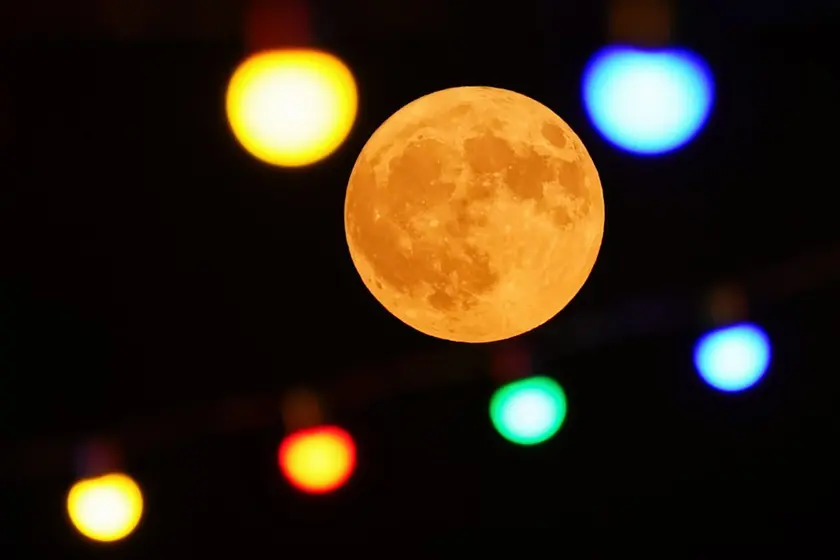
Sturgeon Moon 2025 visible this weekend
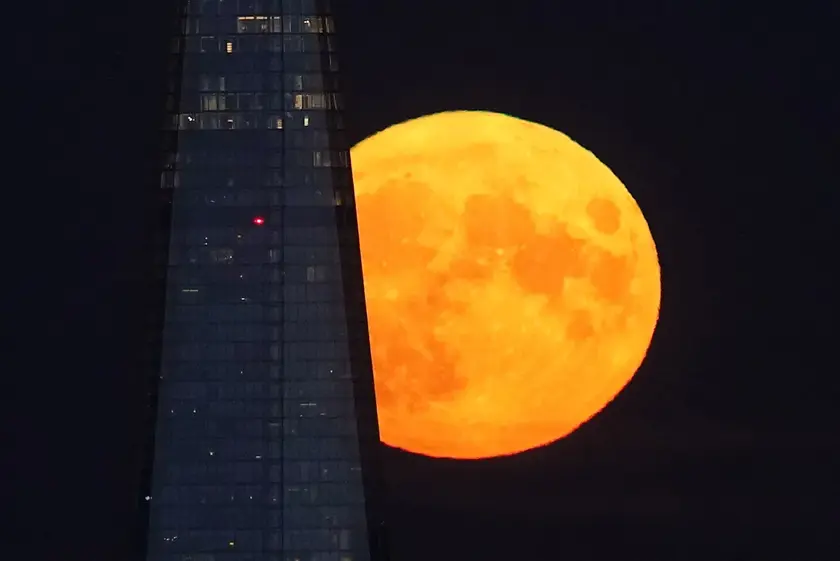
Sturgeon moon to rise over Britain
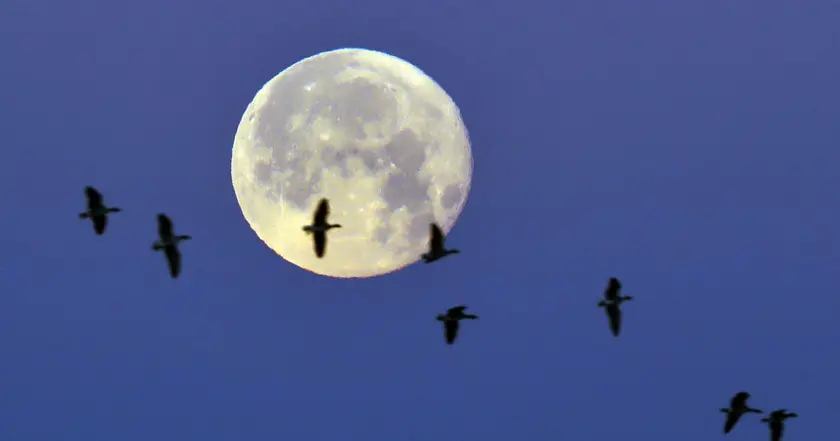
Sturgeon Moon and meteor shower peak this weekend

Sturgeon Moon and Perseids visible together in UK

Sturgeon Moon Shines Over Dorset

August Sturgeon Moon display
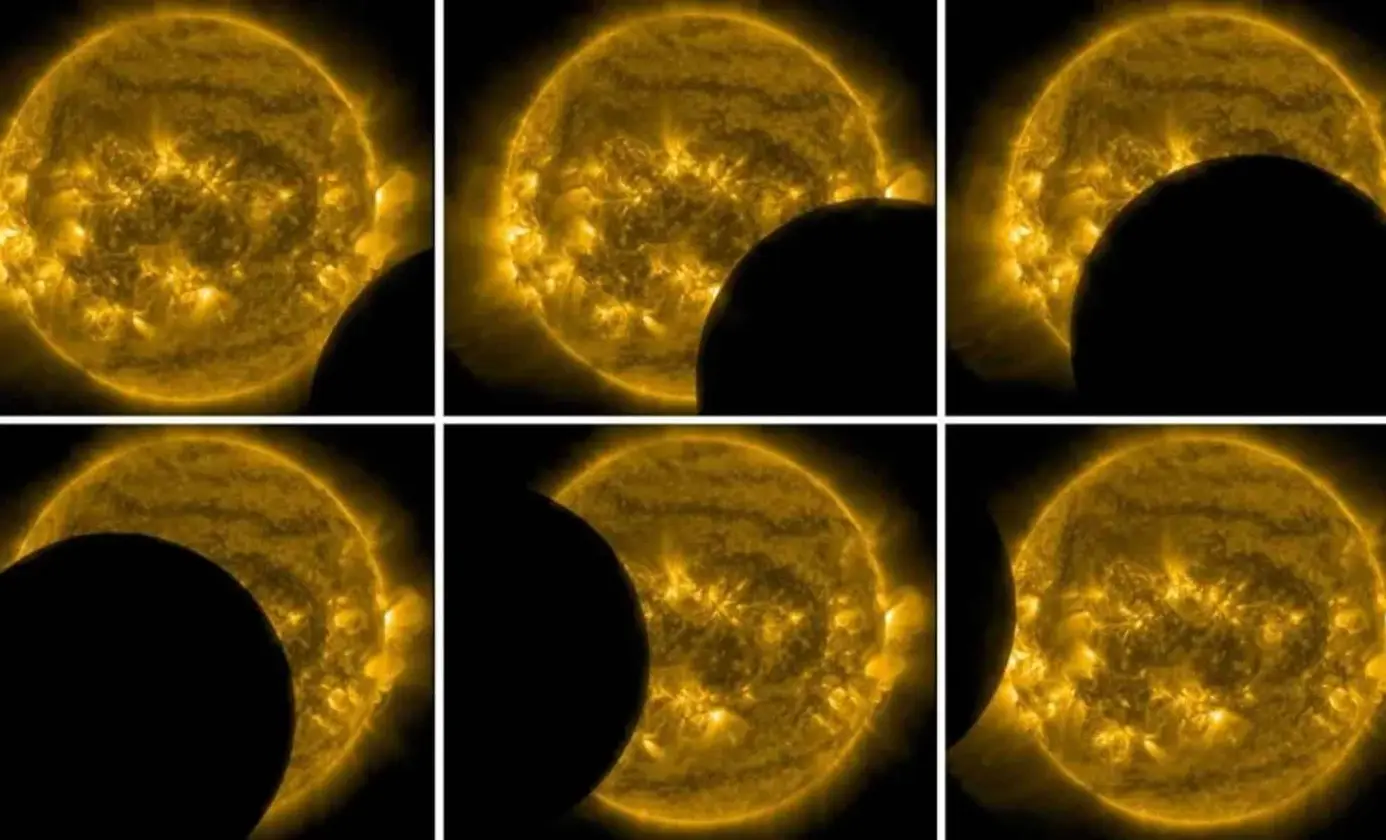
NASA Captures Stunning Solar Eclipse from Space

Perseids Peak This Week
